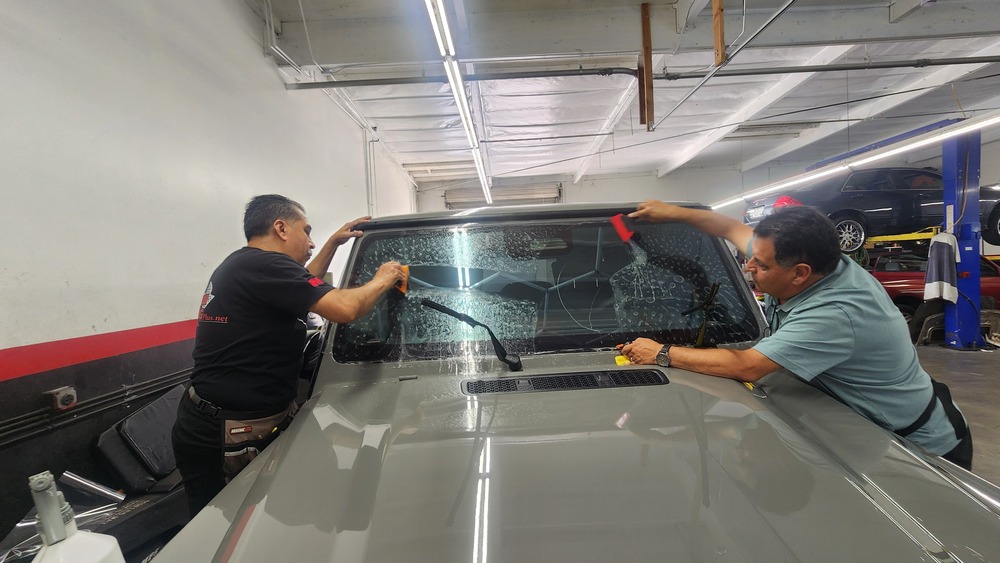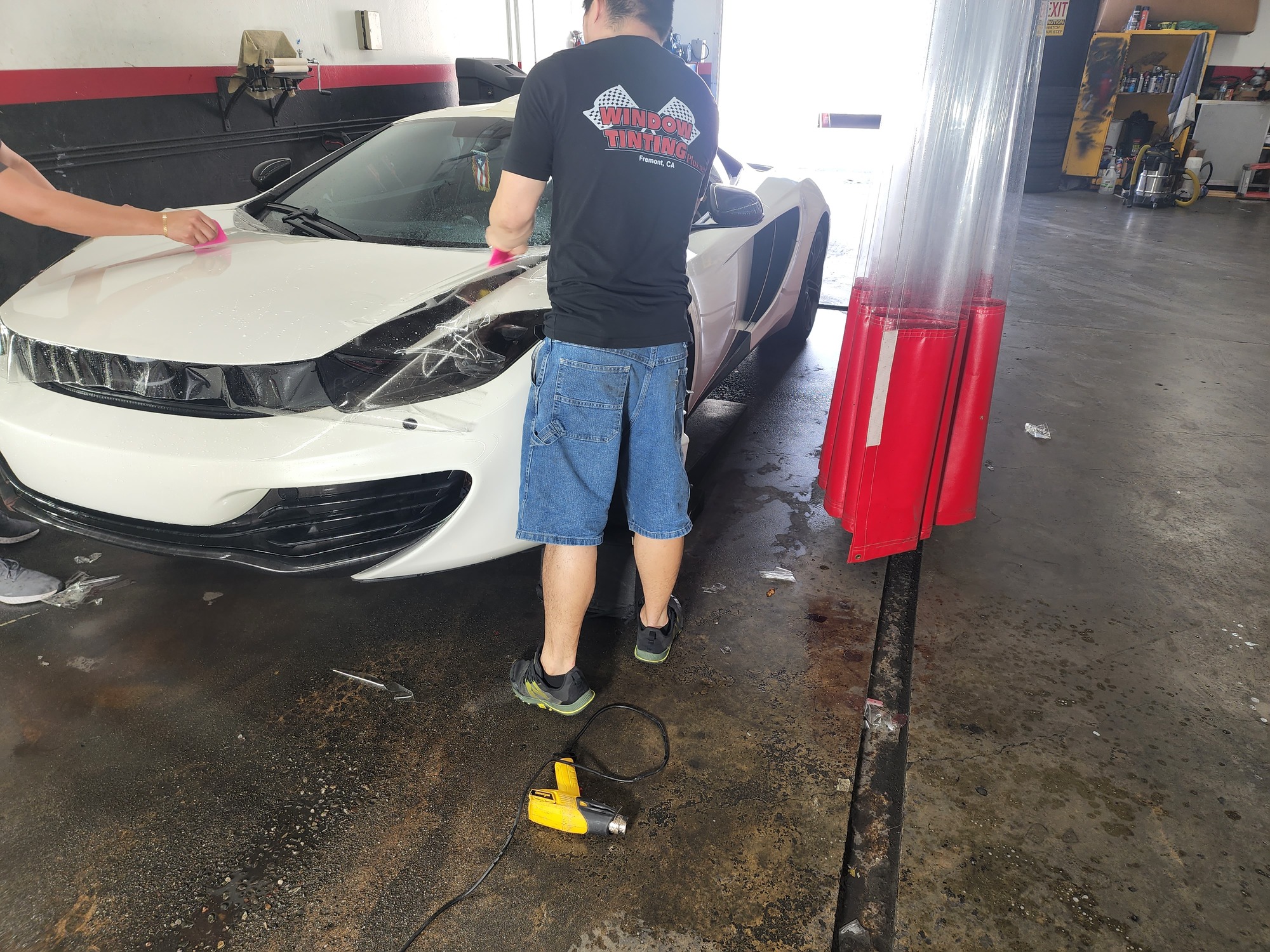5 Signs Your Car Tint Needs to Be Replaced — Right Now

The Bay Area Sun vs. Old Tint: An Unequal Battle
In Fremont, San Jose, and across the Bay Area, cars endure year-round exposure to UV radiation and heat. While quality window tint can last up to a decade, California’s climate accelerates wear. Over time, fading, bubbling, and discoloration are not just cosmetic issues — they can compromise visibility and comfort.
1. The Tint Has Turned Purple or Blue-Grey
.png)
If your once-black tint now reflects a purplish hue, it’s not an aesthetic trend — it’s chemical breakdown.
Cheap dye-based films lose their UV resistance, allowing sunlight to alter their molecular structure. Besides looking dated, these films stop filtering harmful rays, exposing you and your interior to damage.
SEO Key Insight: “Faded window tint Fremont CA” is one of the most searched phrases locally — a clear sign of widespread sun exposure problems.
2. You See Bubbles or Peeling Around the Edges
.png)
Bubbling is more than a visual nuisance. It traps air and moisture between the glass and the film, distorting visibility and weakening adhesion.
In the Bay Area’s fluctuating temperatures, expansion and contraction of glass intensify the problem, often leading to full detachment within months.
Pro Tip: Once bubbles appear, heat guns and DIY fixes won’t help. Replacement is the only long-term solution.
3. Glare and Heat Are Back — Even with Tint On
.png)
When tint begins to fail, you’ll feel it first, not see it. If your AC feels less effective or sunlight causes discomfort, the tint’s UV and infrared rejection have degraded.
In Fremont’s summer traffic, that means higher cabin temperatures and increased eye strain.
4. You Notice Hazy or Blurry Vision Through the Glass
.png)
Old tint films often develop a cloudy layer, caused by delamination — the separation of film layers. This haze can be dangerous during night driving, especially under bright headlights.
If visibility feels like looking through fog, it’s not your windshield; it’s the tint.
5. The Law Has Changed — and So Have Standards
California Vehicle Code §26708 regulates visible light transmission (VLT). Older films installed years ago might no longer comply with updated regulations.
Replacing your tint ensures both safety and compliance — especially if you’re considering modern ceramic or carbon films, which provide better clarity and infrared rejection without darkening.
When Replacement Becomes an Upgrade
.png)
The good news: tint technology has evolved. Today’s ceramic coatings and paint protection films (PPF) offer superior durability and heat control, ideal for Bay Area conditions.
At Window Tinting Plus in Fremont, we specialize in replacing outdated films with advanced options that maintain visibility while blocking up to 99% of UV rays.
Local Insight: Fremont’s Microclimate and Tint Lifespan
Cars in the Tri-City area — Fremont, Newark, and Union City — face higher thermal cycling due to microclimate variations. That constant heating and cooling shortens tint lifespan by up to 30%. Regular inspection every three years can prevent costly glass damage later.
Final Thought: Clarity Isn’t Optional
Window tint isn’t just about looks. It’s a protective barrier — for your eyes, your skin, and your car’s interior.
When it stops performing, the smartest move isn’t to ignore it, but to replace it with something engineered for California’s demanding conditions.
.svg)


.png)
.png)
.svg)
